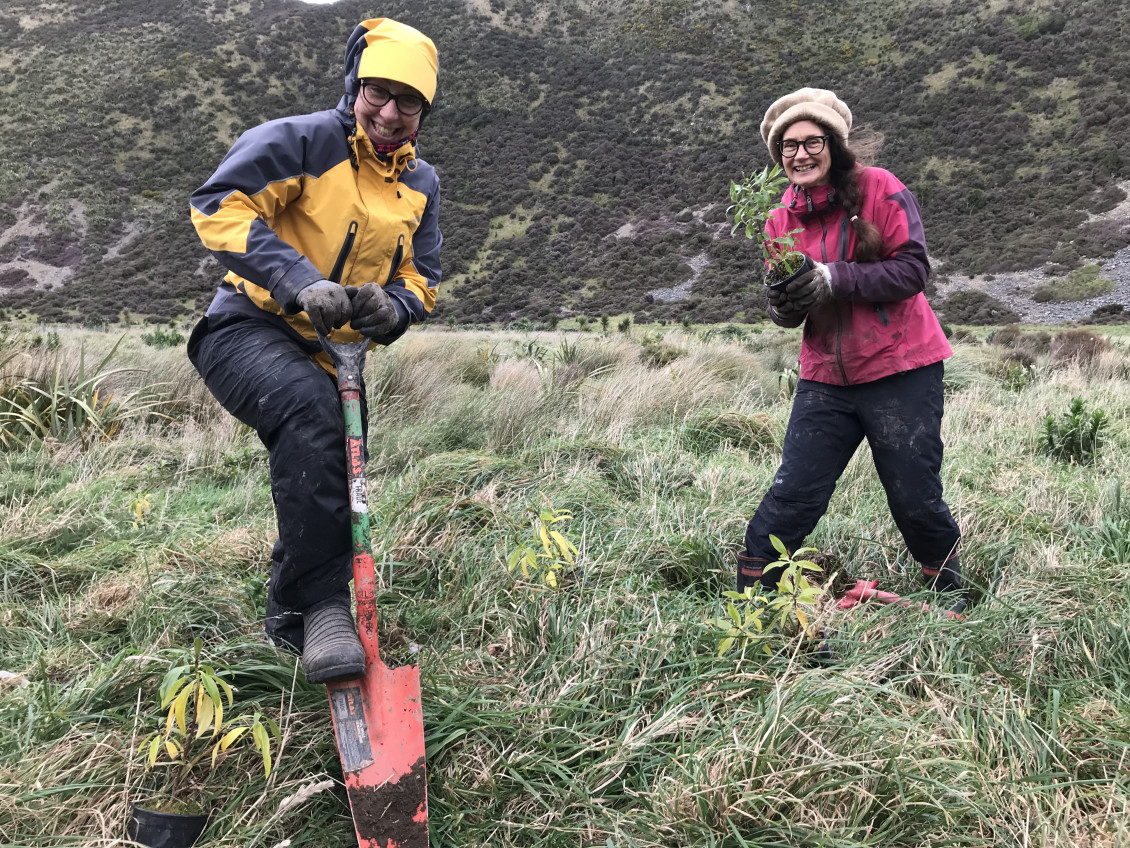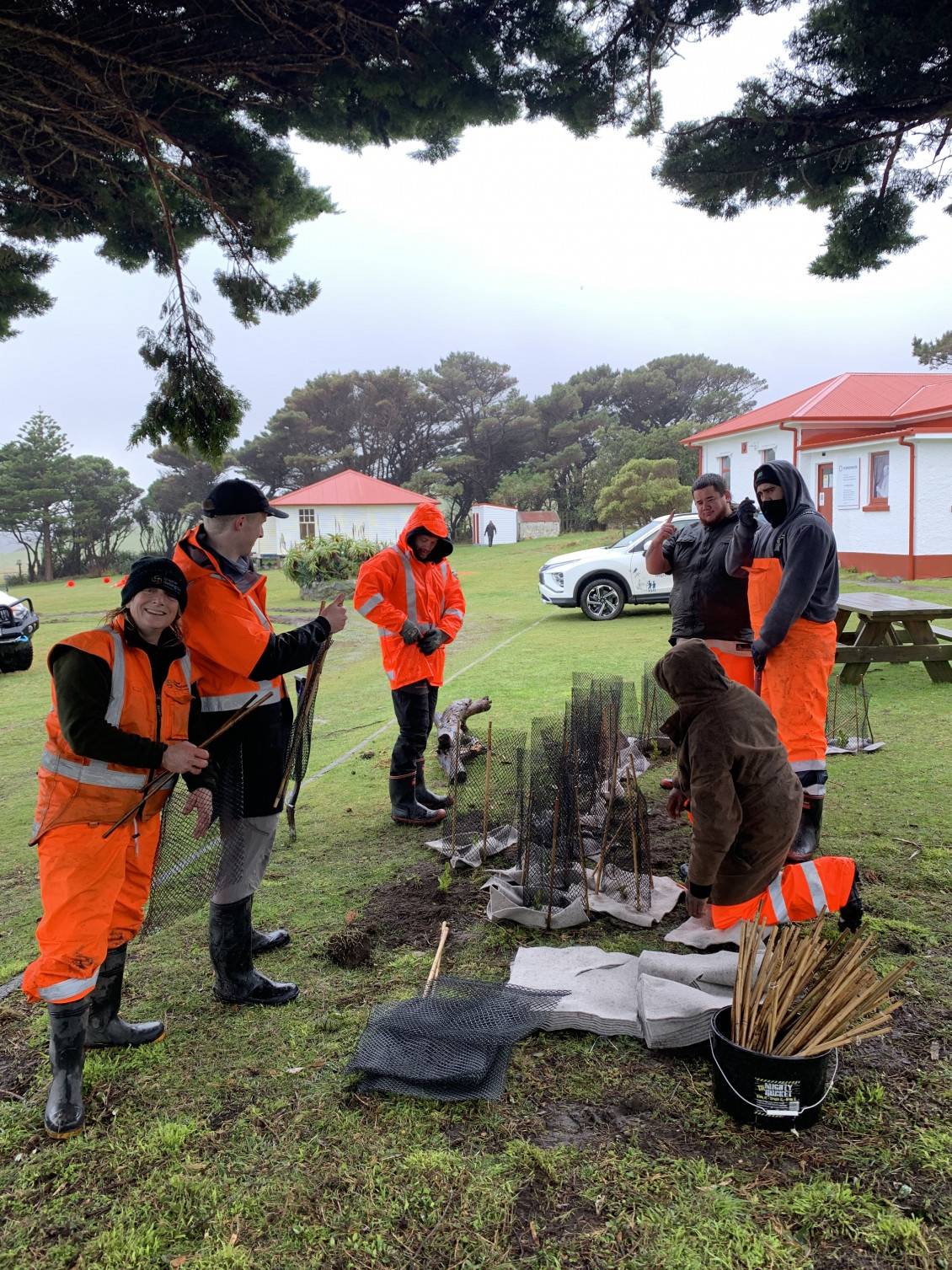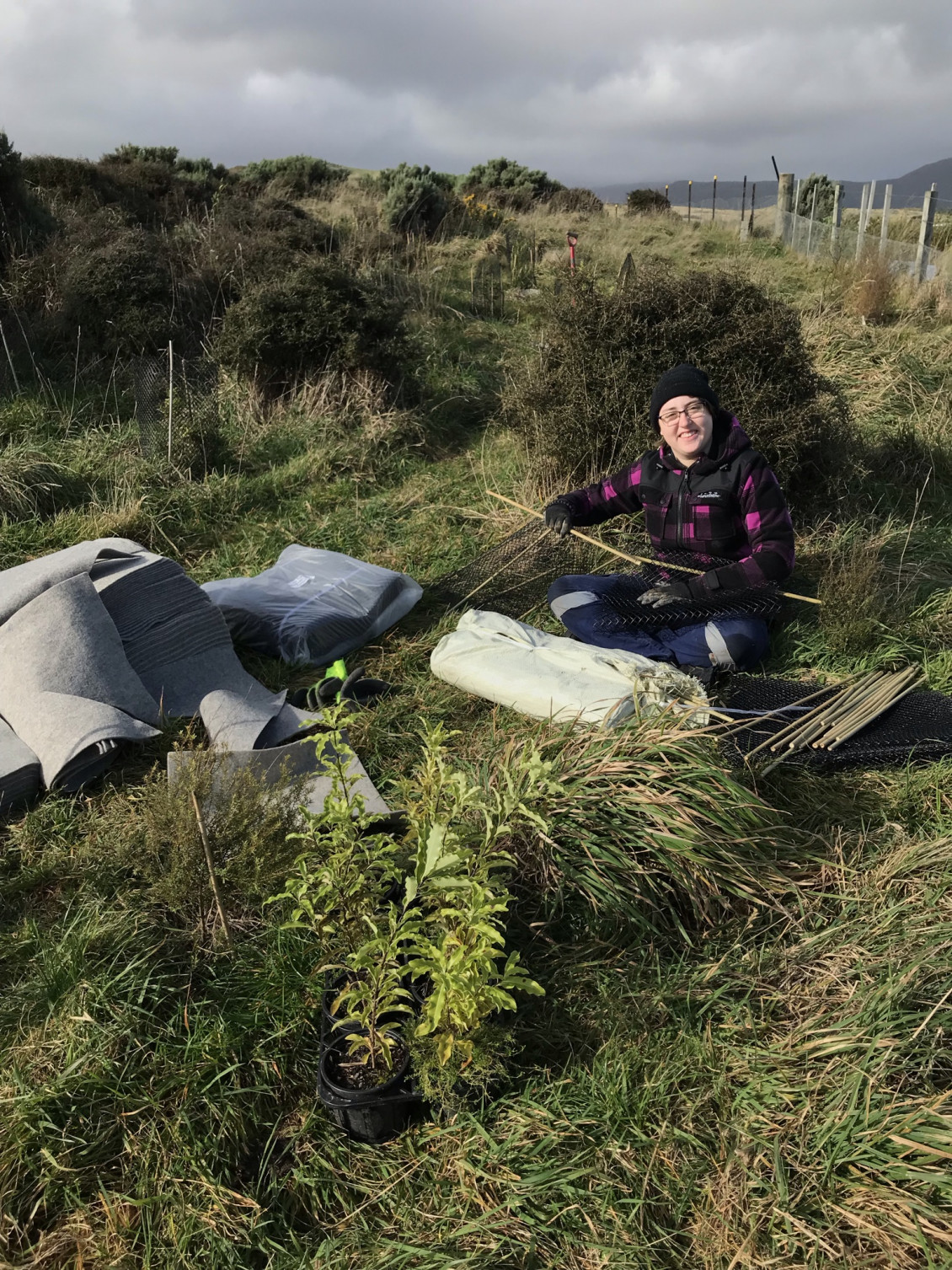One planted every four seconds, planting seasons yield impressive numbers


A plant was put in the ground every four seconds around the Wellington Region during Greater Wellington’s 2021 and 2022 winter planting seasons.
Numbers released by Greater Wellington show that over 400,000 plants found new homes between June and August 2021. In 2022, this more than doubled to 850,000, of which 62 percent were native.
Greater Wellington’s General Manager of Catchment Management Wayne O’Donnell said the numbers told a story of resilience, hard work and partnerships, while the result is crucial for environmental efforts across the region.
“Not only do these plants make the places we live and play look beautiful, but they also help increase biodiversity, prevent soil erosion, remove greenhouse gases and improve water quality.”
“Our planting happens and is funded in many ways. Farmers, community and mana whenua support, and our own resources all contribute. There’s also the co-funded Crown projects - One Billion Trees, Jobs for Nature, Kānoa - Regional Economic Development & Investment Unit, and through our Low Carbon Acceleration Fund.”
At the root of this success was considerable support from our mana whenua partners, community groups and members of public alike across the region said Mr O’Donnell.
“This outpouring of support has hugely contributed to the milestone of 1.25 million plants and we want to say a huge thank you to all those involved over both planting seasons”.
Resilience, hard work and a newly formed partnership were on display at a recent planting day in Lower Hutt’s East Harbour Regional Park, in large part thanks to the Government’s Mahi mō te Taiao (Jobs for Nature) programme.
Te Ātiawa ki Kāpiti who, alongside Greater Wellington, were involved in a 2020 Jobs for Nature funded restoration project in Waikanae joined members of the Hem of Remutaka project, which also under Jobs for Nature, are being funded to undertake restoration work from Eastbourne to Turakirae.
“These were just two of the community groups who alongside members of the public and Greater Wellington staff planted well over ten thousand plants in the park this winter.”, said East Harbour Regional Park ranger Jo Greenman.
“Getting plants in the ground at Baring Head and Parangarahu was the work that brought both groups together and while the blustery weather on the exposed coast blew everyone around a bit, there were smiles all round as we could all get to know one another and share in the collective outcome of ecological restoration.”
That collective outcome is realised in several ways, including through restoration work supported by Greater Wellington’s Community Environment Fund, a joint initiative with Te Rūnanga o Toa Rangatira which supports the work of restoration groups in the Te Awarua o Porirua whaitua.
Through the Kids Enhancing Tawa Ecosystems programme (KETE), Students from 8 Tawa based schools including a college, an intermediate and 6 primary schools are hoping to restore the mauri of Takapū Valley, Tawa with restorative planting and are well on their way with over seven thousand plants in the ground already.
“We’re thrilled to support the programme by providing the plants and various equipment through our Community Environment Fund”, said Sharli-Jo from Te Rūnanga o Toa Rangatira.
Although not included in the total number of the plants for the past two planting seasons, it’s the learnings for these students that hold the real value.
As well as planting projects, students are involved in a wide range of activities including learning about pest plant and animal control, doing litter clean-ups and telling others about what they can do to improve their local stream health.
“It’s fab to see children learning about te Taiao and the reason for more trees in their world. Kia kaha kia manawa nui”.


Get in touch
- Phone:
- 0800 496 734
- Email:
- info@gw.govt.nz
